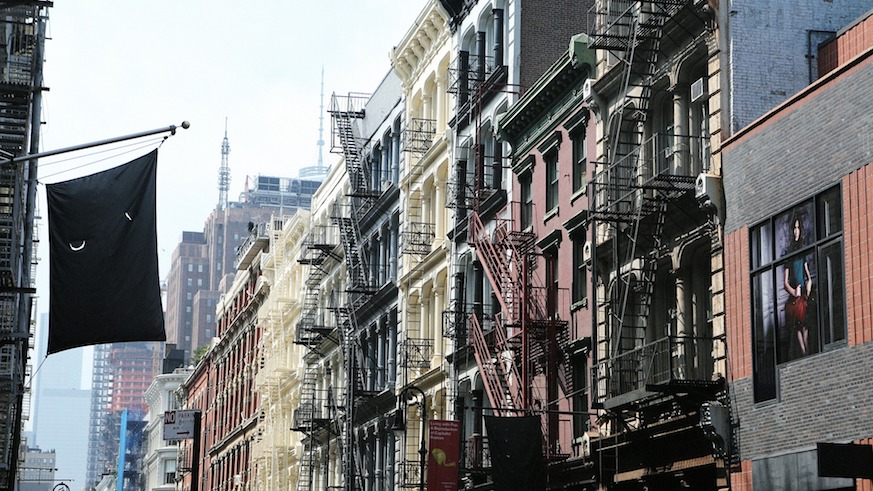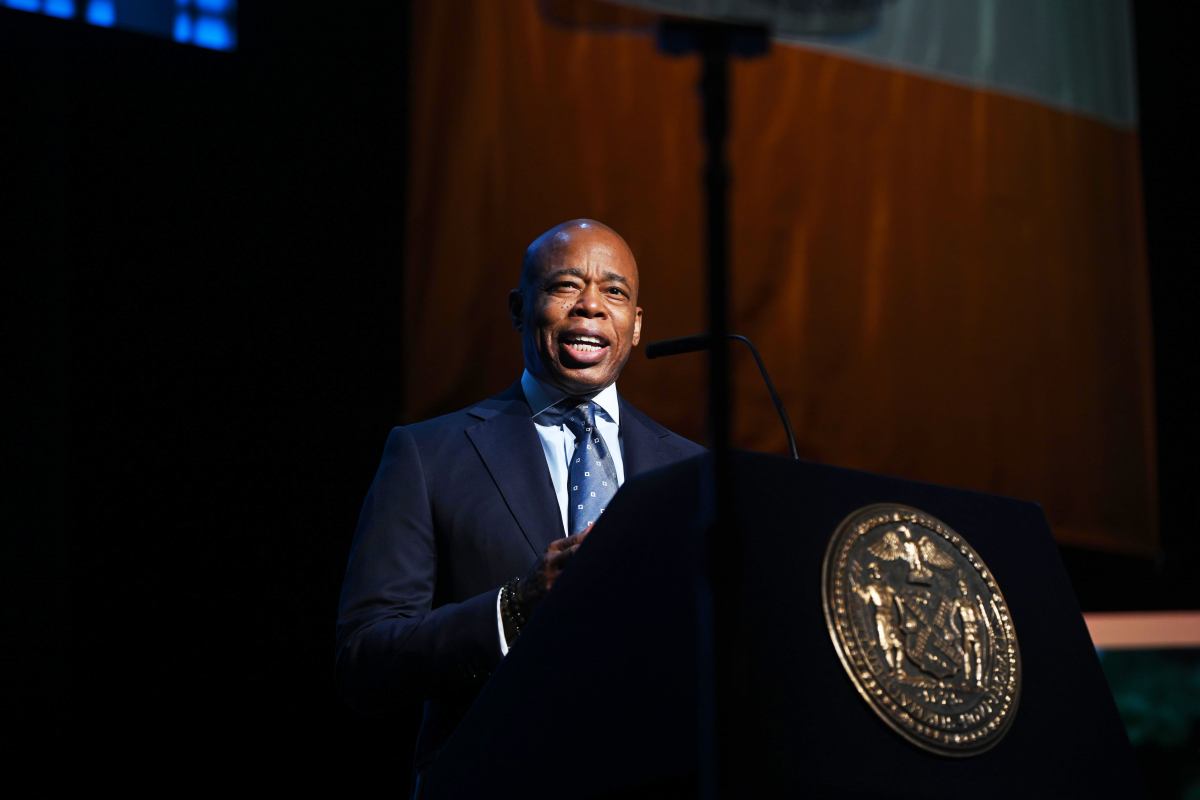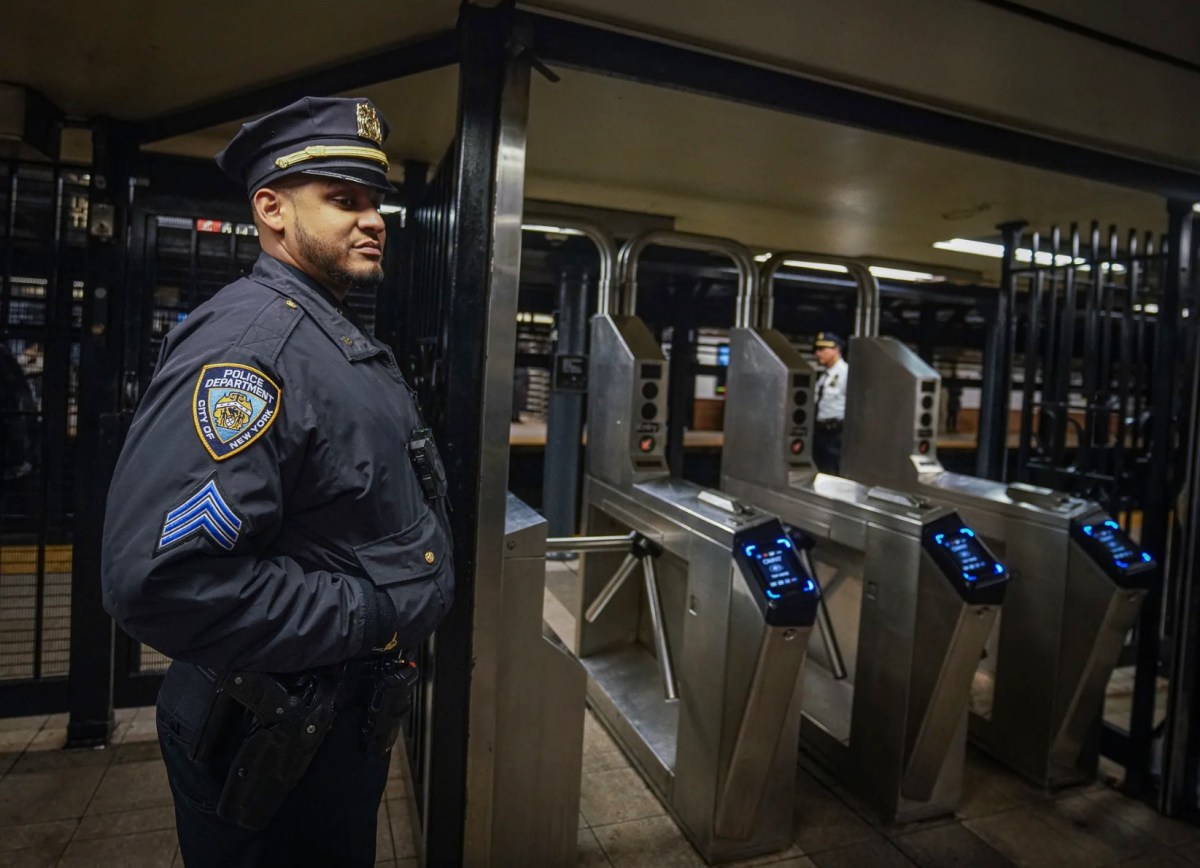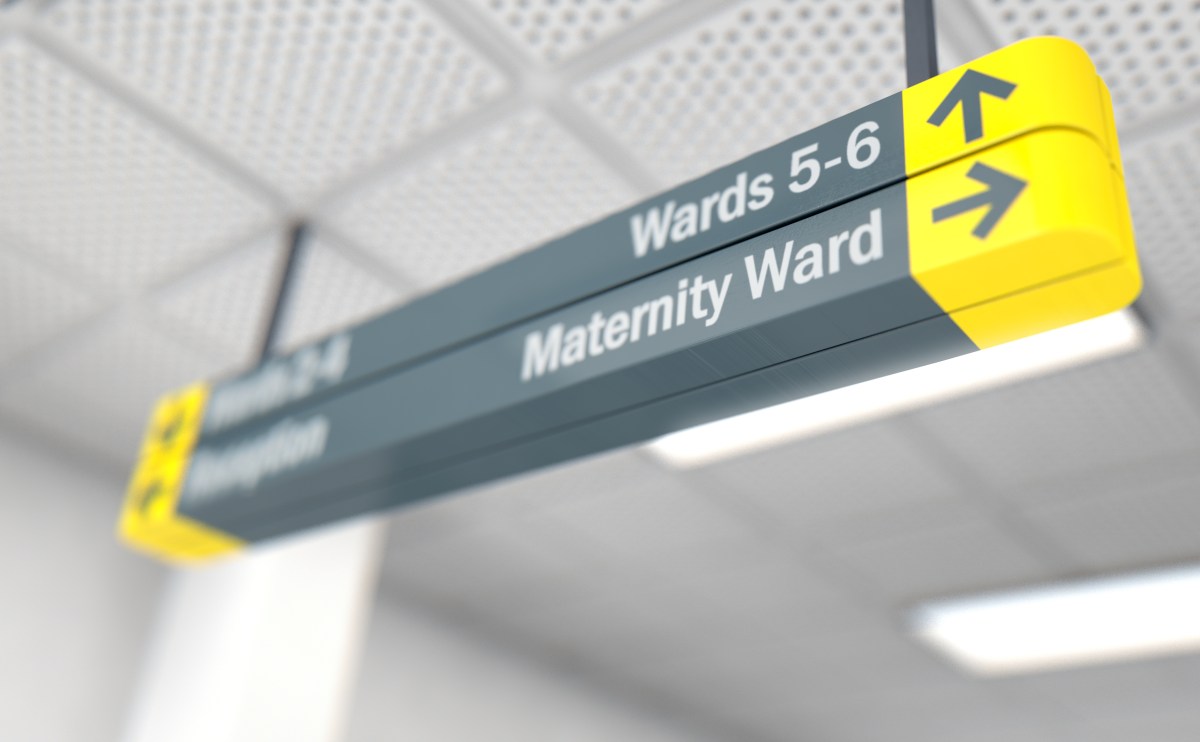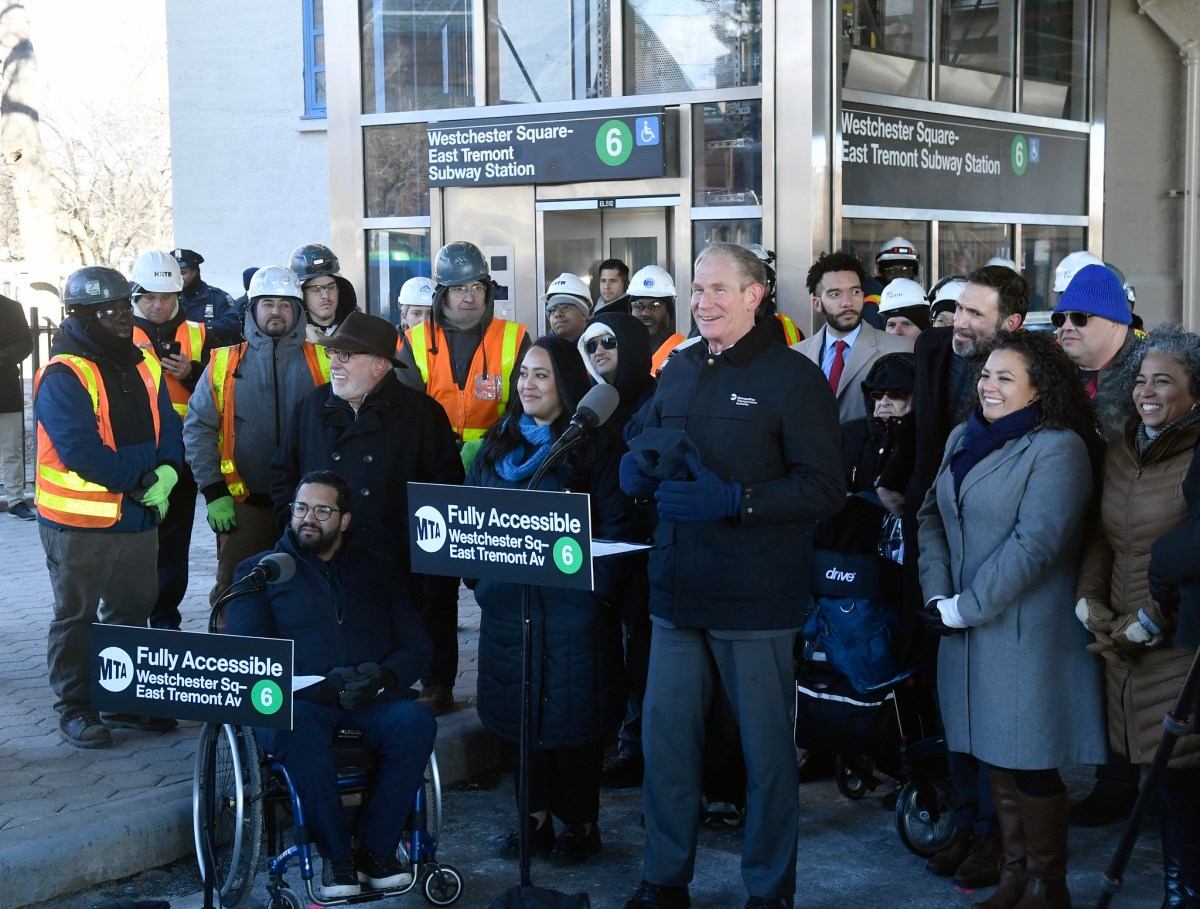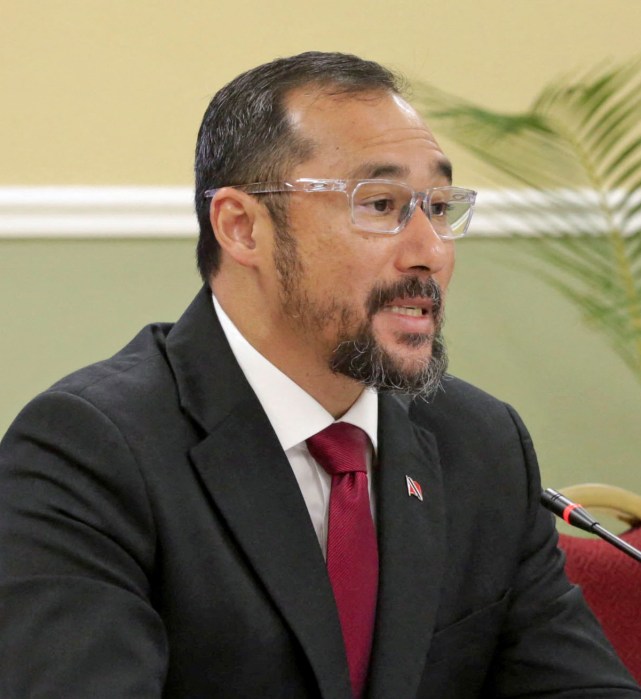Even though the city currently has the largest housing stock on record, New Yorkers are still struggling to find housing — specifically, affordable housing — according to a new report from the Department of Housing Preservation and Development.
New York City’s Housing and Vacancy Survey, completed every three years by HPD and the U.S. Census Bureau, measures the rental vacancy rate and housing stock for the five boroughs.
The city’s housing stock has been growing, with about 69,000 units added between 2014 and 2017, according to the city. There are about 3.5 million units in the city’s housing stock, but vacancy rates are still “stubbornly low,” officials said.
The vacancy rate throughout the city is 3.63 percent, according to the survey. A rate below 5 percent is considered a “housing emergency,” according to the city, and triggers the extension of rent regulation laws.
This low vacancy rate — though a slight increase from 2014’s rate of 3.4 percent — shows the continued need for rent stabilization, officials said.
“Even as we make progress, this report underlines the fact that we are facing a stubborn affordability crisis,” said HPD Commissioner Maria Torres-Springer in a statement. “There are several bright spots, including that incomes are now rising more than rents. This means rent regulation must be renewed, that we must strengthen those very laws – and continue to push to build and protect affordable apartments at a record pace.”
In 2017, there were about 966,000 rent-stabilized units in total, making up 44 percent of the city’s rental stock, and 22,000 rent-controlled units, accounting for 1 percent of the rental stock.
The vacancy rate for these units is extremely low at about 2 percent, according to the city. Subsidized units like public housing or project-based rental assistance have a vacancy rate of less than 1 percent.
“This survey shows how critical it is to preserve the affordable housing we have, while continuing to add new units to the city’s housing supply,” New York City Council Speaker Corey Johnson said in a statement. “Next month, I will be sponsoring legislation to extend rent regulation laws that protect over a million families, and I look forward to working with the Administration and the State Legislature to close those loopholes that have resulted in the loss of affordable housing.”
There have been some improvements, according to the report, including an increased quality of neighborhood conditions. More than 75 percent of residents said their neighborhood conditions were “good or excellent.” That’s up from 70 percent in 2011.
Incomes have also increased more than rents have. Overall, the incomes of all renters went up 11.2 percent, according to the city, while gross rents (which includes utility payments) increased 6.2 percent.
Still, the continued rise of rents still hurts affordability throughout the city, officials said.

